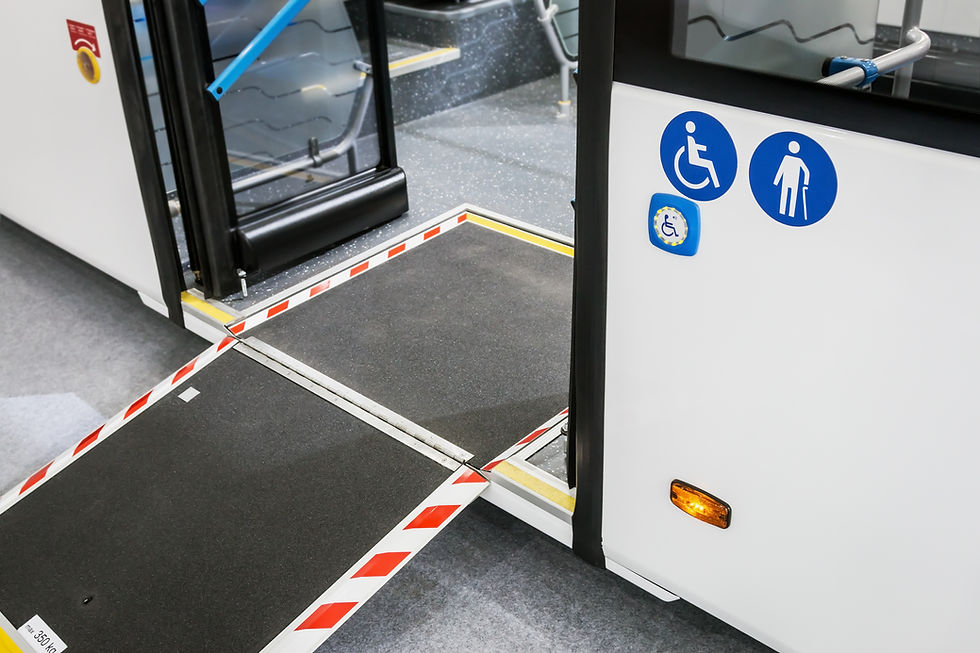Unveiling the Cutting-Edge: Unexplored Tactics for Advanced E-Learning Design
- MB Finigan
- Oct 2, 2024
- 2 min read
In the dynamic landscape of e-learning, innovation is critical to staying ahead. As educators and designers strive for more engaging and effective online learning experiences, the need for advanced e-learning design strategies becomes increasingly apparent. Today, we embark on a journey to explore uncharted territories in the realm of e-learning design, uncovering cutting-edge tactics that promise to revolutionize the way we approach digital education.

Embracing Immersive Experiences
Imagine a world where learners are not just passive recipients of information but active participants in their education. Enter immersive learning experiences, where virtual reality (VR) and augmented reality (AR) transport learners to interactive worlds where they can engage, explore, and learn in ways never before possible. By integrating immersive technologies into e-learning design, educators can create captivating environments that enhance retention and understanding.
Personalization at Scale
Tailoring learning experiences to individual preferences and learning styles has long been a goal for educators. However, with advancements in artificial intelligence (AI) and machine learning, we now have the tools to personalize learning at scale. Adaptive learning algorithms can analyze learner data in real-time, providing personalized recommendations, adaptive feedback, and customized content delivery. This level of personalization not only improves engagement but also boosts learning outcomes.

Gamification for Engagement
One of the most impactful trends in e-learning design is the integration of gamification elements. Gamified learning experiences leverage game mechanics such as points, badges, leaderboards, and levels to incentivize engagement and motivate learners. By incorporating competition, collaboration, and reward into e-learning modules, designers can create a fun and immersive learning environment that captures and maintains learners' attention.
Collaborative Learning Communities
Learning doesn't happen in isolation; it thrives in collaborative environments where learners can interact, share knowledge, and support each other. By fostering collaborative learning communities within e-learning platforms, educators can create spaces for peer-to-peer learning, group projects, and collective problem-solving. These communities enhance engagement and promote social learning and the development of essential teamwork skills.
Interactive Microlearning Modules
In a world where attention spans are dwindling, the rise of microlearning has been a game-changer. Microlearning involves delivering content in bite-sized chunks that are easy to consume and retain. By incorporating interactive elements such as quizzes, simulations, and multimedia into microlearning modules, designers can create engaging and effective learning experiences that cater to the needs of modern learners.
As we navigate the ever-evolving landscape of e-learning design, these unexplored tactics stand out as beacons of innovation and promise. By embracing immersive experiences, personalization at scale, gamification, collaborative learning communities, and interactive microlearning, we can usher in a new era of digital education that is engaging, effective, and impactful. Are you ready to unlock the potential of advanced e-learning design strategies and chart a course towards a brighter future of online learning?
Let's embark on this journey together and explore the limitless possibilities of advanced e-learning design. The future of education is within our grasp – let's innovate, inspire, and transform the way we learn.
Remember, the key to progress is embracing change and leading it. Embrace the cutting-edge, and together, let's shape the future of e-learning design.



Comments